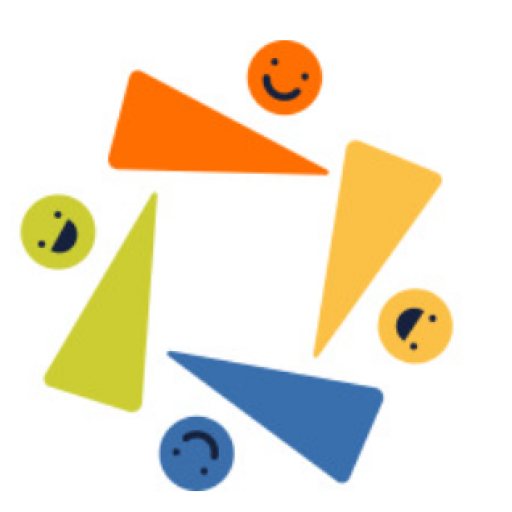It can happen innocently. One child is a firm rule follower, the other is a risk taker. The oldest is the leader, the third is the clown, and the second is insecure. You cunningly call one a “princess” and the other a “daredevil”. Without you realizing it, stereotypes and labels have become ingrained, affecting adult expectations and children’s self-esteem.
Labels of “good” and “bad” can lead to unrealistic expectations of the “golden child,” who is expected to do everything right and never make mistakes; they can become high-achieving, likable and anxious. When one child seems to get all the praise and the other gets more criticism, hand-to-hand conflict can develop.
“Other problematic labels may include any positive attributes that indicate one child is better than another, such as ‘smart,’ ‘well-behaved,’ or ‘easy ‘ ,” said Dr. Tish Taylor, a child psychologist and author of the book “Promoting Connections: Building Social and Emotional Health in Children and Adolescents.
Taylor says stereotyping children can affect their self-development and make them feel unworthy or superior.
“Either way, there is an imbalance in perception and potential identity formation,” she said. “In addition, sibling relationships can be negatively affected during childhood and adulthood.” Ultimately, it can be difficult for siblings to build lasting and supportive relationships with each other.
How to tell if labels are negatively impacting your child
There are several reasons why parents may inadvertently indicate that they favor one child over another:
A child with a particularly good temperament seems to have an easier time parenting during difficult developmental stages.
A child with a personality similar to that of his or her parents may be easier to get along with.
A child who excels in an area valued by the parents (such as sports, art, or academics) may receive more praise than a child who is not good at it.
If a child has different developmental needs, they may need more time and attention from their parents, making other children feel less favored.
“Another reason for perceived favoritism includes the observable positive interactions that occur between parents and children,” Taylor said. “In other words, if parents are more likely to spend time with one child or raise another child, then their interactions may be more positive overall compared to parent-child interactions when tension and conflict increase. As a result of increased conflict and tension between them and their parents, children may perceive their siblings to be favored.”
If a child shows signs of aggression or jealousy toward a sibling, or makes direct comments about feeling perceived as “bad,” it’s time to fix and tear away the labels they’ve picked up.
How to address negative labels
The first step in correcting the good and bad sibling dynamic is to pay attention to how much time and attention you give each child.
“Make an effort to give each child roughly the same amount of time and attention, and engage them in activities they each enjoy, especially activities they enjoy doing with you. Next, increase positive interactions with children who are perceived as ‘bad,'” Taylor says.
Try these positive interaction techniques:
Start a conversation with your child.
Show interest in what they are doing.
Schedule consistent parent-child date nights or special times to avoid conflict.
Tell your child how positive you feel about them.
Recognize their positive behaviors and positive qualities in front of the family.
Prevent inadvertent labeling of your child
Have you ever noticed a fleeting, secret thought that one child is “easier” than another or that you have a smoother relationship with one of your children? You may be exhibiting these feelings without realizing it. Ask yourself why things are easier with one child, and how this feeling affects your interactions with them.
Also notice how you talk about each child and whether you use positive or negative words more frequently.
“The more we talk about a person, including a child, in a stereotypical way – pointing out ‘good’ and ‘bad’ — the more we increase our feelings and thoughts about the direction of each. When a child exhibits challenging behaviors or characteristics, be sure to balance your thoughts and comments with recognition of their positive traits and behaviors,” Taylor said.









































